The most common seating arrangement we see in subways is long seats stretching side by side along the edges. There are interesting answers based on the subway usage habits of the passengers as to why they were designed this way when they could fit more seats inside and allow more passengers to sit.
In many major cities of the world, including Istanbul seating arrangement of subways is almost the same. What about all the seats? straight row adjacent to edge arranged or specifically European sideIf you remember from the old subways of , it is vertical on one side and on the other, leaving a large space in the middle.
So why this seating arrangement? on buses Not in a way that maximum people can sit? “From where metrobuses “It’s not like that?” we would say, but the seats are neither as small as the metro nor as much space as the bus. This feature and especially the interesting “oriental cornerIt is a means of transportation that lives up to its name with its ‘model’. Then bus or on trains Let’s say like.
Wouldn’t it be much more useful if there were two rows of two seats? It would definitely not happen, in fact there would be great chaos.
Because the subways are too many hop on hop offMeans of transportation where there are and short-term use is common. Let’s look at another example minibuses and metrobuses Likewise, since they operate in a slightly faster get-on-get-on mode, they also operate almost equally with the seat. standing area is happening.
Bus or train system Can you imagine the people constantly getting up and the constant pushing and shoving in the remaining small standing area?
Subways are actually designed based on research on passenger behavior. The data is interesting.
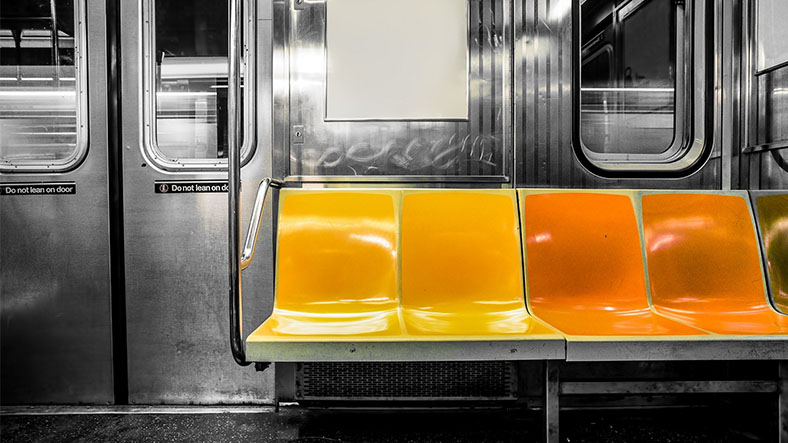
In these studies passenger behavior It is observed that the way passengers sit or not sit, especially during the hours when the metro is not used heavily, two option and it can be determined which of these they choose. At rush hour packed like sardines Observing a subway probably won’t provide much useful data.
As a result of the research The resulting passenger behaviors are generally as follows:
As you can imagine, passengers do not like to stand close to each other.
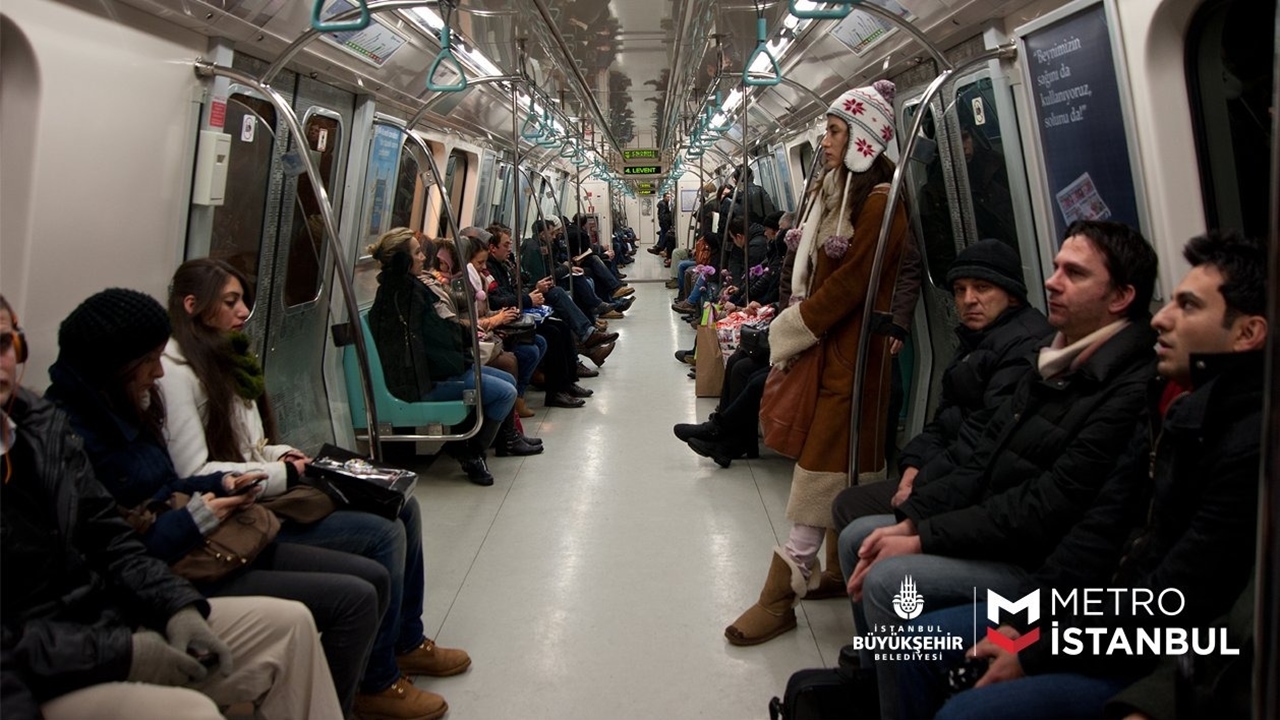
But you probably won’t be able to guess how much they didn’t like it. Generally half full Even in a subway where there are many empty seats, people often sit down rather than sit between two people. to go standing they prefer.
More interestingly, 90% of the seats are filled, which we call the fish stack of the metro. 120% occupancy capacity It must have arrived. So, contrary to popular belief, sitting is not that preferable.
They prefer to hold on to the vertical bars near the door rather than holding on to the poles close to the seats.
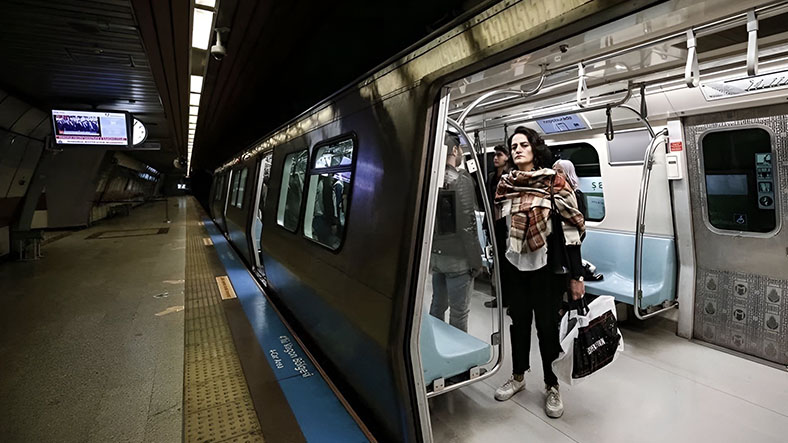
Again as much as possible avoidance behavior It is effective here too. Rather than standing near or in front of seated people close to the door and they prefer to hold on to poles where there is more space.
Of course, one of the reasons for this is that the exit is easy. For this reason, there are generally more people in front of the door. clutter you can see. That’s why researchers are on the doorstep direct and wide area They recommend that there be an area where the maximum number of passengers boarding for a short stop can stand and do not get in between the rest of the passengers and create a constant scuffle.
Isn’t this design useless for those traveling between long stops in the subway?
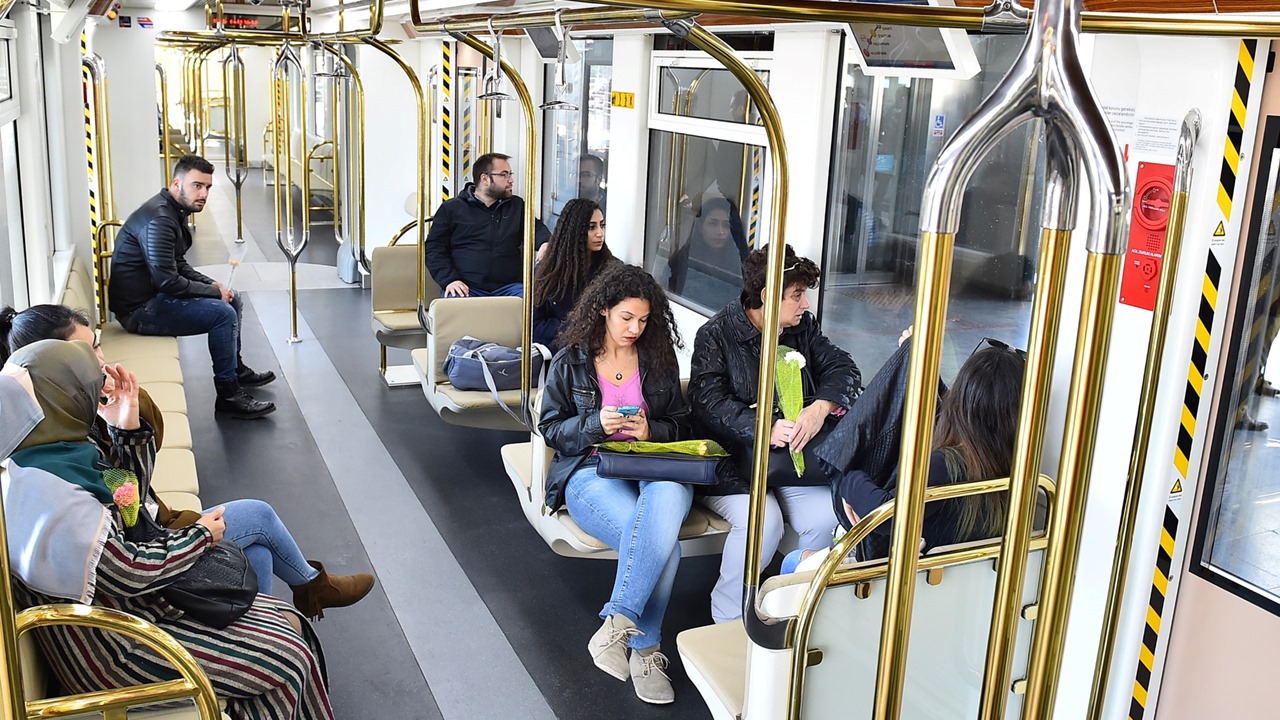
Especially for those who travel long distances. the front and rear parts of the wagons It is recommended that the seats be placed transversely, that is, like in buses, but that all the remaining middle parts be in the longitudinal arrangement we just mentioned.
But some cruel subway designers do not want these back seats, which would be preferred by those making long journeys. You ask why?
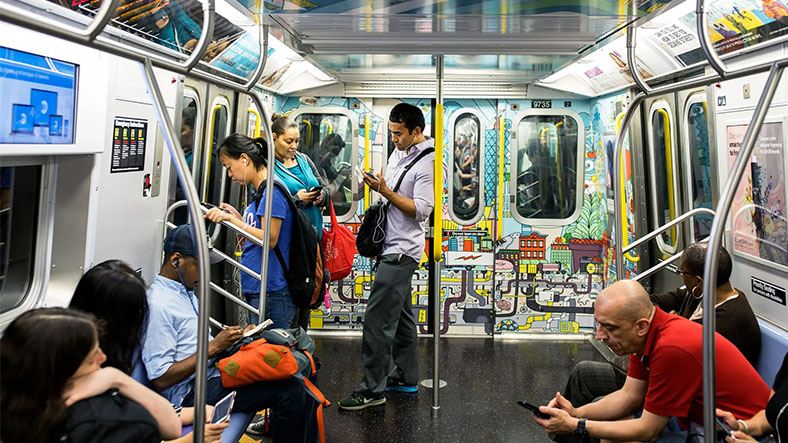
Because metro use We have another very important problem regarding this issue. Think about it, the time spent on the stairs going down to the subway, standby timeinter metro transfermany factors, such as how long subways wait at each stop, your travel time extends it.
The metro needs to be as fast a means of transportation as possible so that it can be a fast alternative to other means of transportation such as buses.
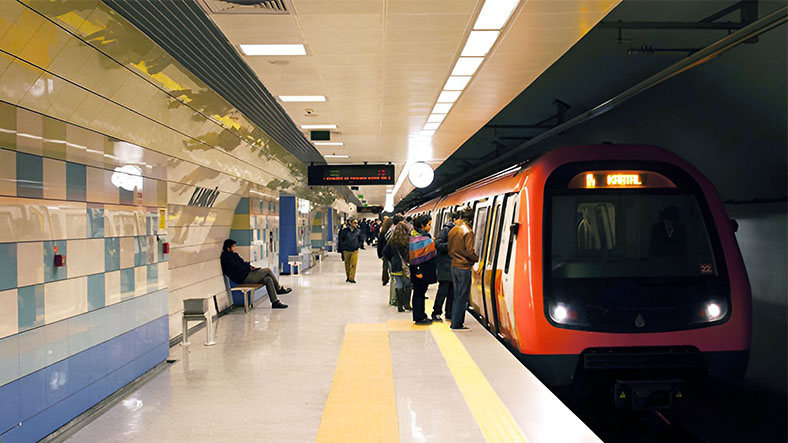
The more seats there are in the subway, the more people have to sit on the seats. in midfield The time it takes for other passengers to get in increases.
Some designers include this by making the seats as small as possible. to reduce and even more standing area It brings ruthless solutions such as creating The first sacrifice here is the transverse rear seats.
Was he really cruel? There are many people who would give up a little comfort to go a little faster.

Sometimes in big cities minutes even seconds It even becomes important. Are you one of those who can give up sitting to save time? Or are you one of those who want it to be slower, but let’s take it easy?
The genius(!) solution that comes to everyone’s mind: Why aren’t the subways longer?
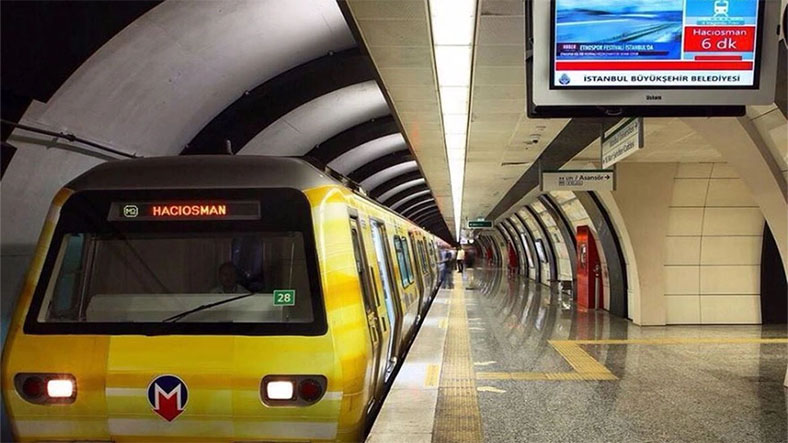
long here engineering Let’s not go into details, but making the subways longer technical Most of the time it is not possible. For this reason, in order to make the interior of existing trains as efficient as possible, such arrangements, which may seem absurd to us, can optimize the efficiency we get from the journey.
Our other related content:
RELATED NEWS
Why Do Bus Seat Upholstery Have Eye-Bleeding Patterns?
RELATED NEWS
Why Are Subways Overcrowded in Japan, Even Though It is a Developed Country?
RELATED NEWS
What is the difference between minibuses and minibuses that are thought to be the same thing? How Did It Become Popular Thanks to a Chef?
RELATED NEWS
What are these ironing board-like things on municipal buses used for?
RELATED NEWS
Why Wasn’t Marmaray Built in a Glass Tunnel as We Dreamed?
RELATED NEWS
